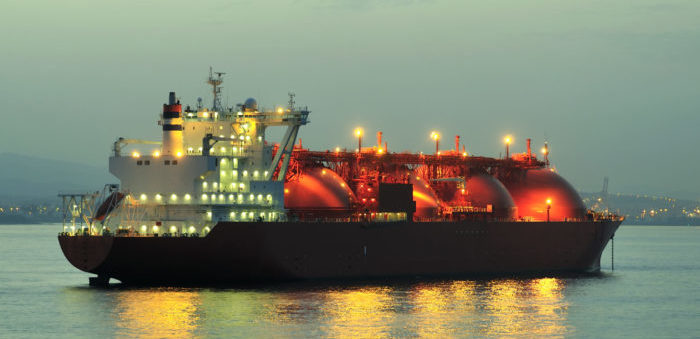In light of the upcoming federal election in Australia, Gas Energy Australia (GEA), the country’s downstream gaseous fuels peak industry body, gave a submission to the Department of Infrastructure, Regional Development and Cities (DoRIC) regarding LNG marine bunkering in Australia. The submission aims to inform DoIRC on alternative fuels for Australia’s contribution to the next IMO Marine Environment Protection Committee (MEPC).
GEA gave emphasis to the environmental benefits that marine LNG provides and Australia’s current and future capabilities to serve the marine LNG industry. GEA’s submission presented how marine LNG can comply with the 2020 sulphur can. It also demonstrated opportunities to meet zero GHG emissions requirements into the future with the use of biogas.
[smlsubform prepend=”GET THE SAFETY4SEA IN YOUR INBOX!” showname=false emailtxt=”” emailholder=”Enter your email address” showsubmit=true submittxt=”Submit” jsthanks=false thankyou=”Thank you for subscribing to our mailing list”]
In addition, GEA described Australia’s readiness for the uptake of LNG as a marine fuel, its current LNG bunkering capabilities, and GEA’s development of a project proposal to adopt ISO 20519: Ships and marine technology: specification for bunkering of liquified natural gas fuelled vessels.
Moreover, GEA noted that the adoption of these international standards would increase certainty for the industry and enable the uptake and use of LNG as a marine fuel.
Supporting the establishment of LNG as a marine fuel not just in Australia but internationally is the LNG Marine Fuel Institute in Perth, Western Australia. Speaking on the sidelines of the Australasian Oil and Gas Exhibition 2019, Mary Hackett, a board member of the LNG Marine Fuel Institute, expects that in the next two years LNG could be 50% of the market, with large vessels also using it.
What is more, last November, Woodside, an Australian natural gas producer, informed that it is preparing an LNG fuels hub to leverage the environmental and commercial benefits of LNG. In order to do that it would first build a facility at its Pluto LNG plant to supply trucked LNG for remote power generation in the Pilbara. In the second phase, the hub will be a bunker ship, to take LNG from Pluto and provide it to ocean-going vessels.































































